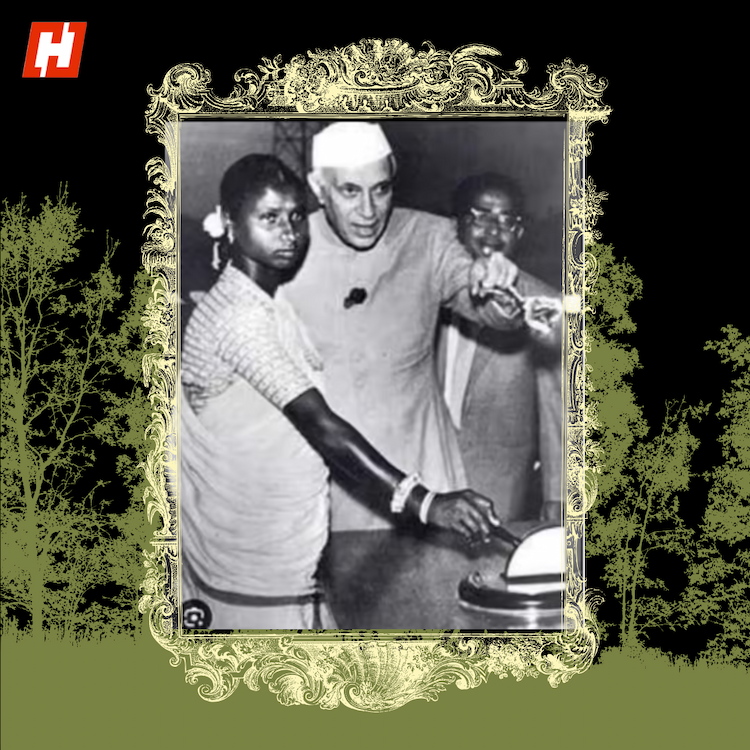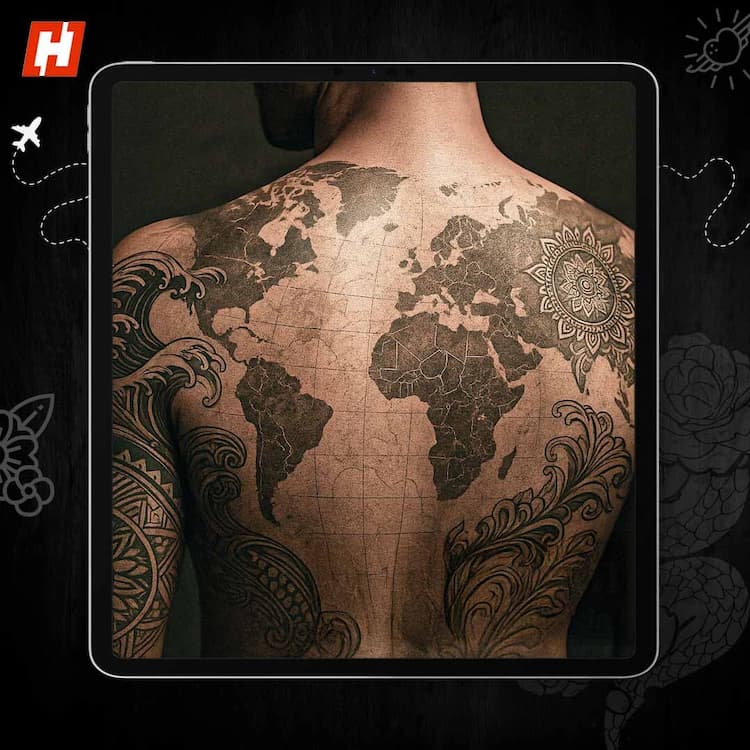Among India’s most treasured textiles, Chanderi fabric holds a unique place for its ethereal beauty, historical depth, and delicate craftsmanship. With its characteristic sheer texture, glossy finish, and lightweight feel, Chanderi continues to reign as a symbol of elegance and cultural pride in ethnic fashion.
Origins rooted in royalty and history
The name Chanderi comes from the historic town of Chanderi in Madhya Pradesh, where this exquisite fabric has been woven for centuries. Its origins trace back to the Vedic period, making it one of India’s oldest surviving weaving traditions.
Patronised by royal families and noble households, Chanderi was once reserved for kings and queens, thanks to its regal appearance and unparalleled finesse. Today, it remains a staple in luxury ethnic wear favoured for saris, dupattas, and suits that blend grace with heritage.
What makes chanderi fabric unique?
One of the defining features of Chanderi fabric is its transparency and glossy finish, which results from the use of extremely fine yarn and a meticulous weaving process. Made using silk, cotton, or zari (metallic thread), this textile balances strength with softness.
The weaving technique used in Chanderi is tight and intricate, ensuring a fabric that is not only breathable and comfortable but also shimmering and dressy. Traditional motifs—including peacocks, floral vines, geometric patterns, and coin-like buttis—add an artisanal charm that is hard to replicate.
Chanderi’s geographical indication (GI) tag
In 2005, Chanderi received the Geographical Indication (GI) tag, a crucial step in protecting the authenticity and heritage of this fabric. The GI tag helps prevent imitation, ensuring that only handwoven fabrics made in Chanderi by traditional methods can be marketed under this name.
This recognition also helps bring visibility and credit to the skilled weavers of Chanderi—many of whom belong to families that have preserved this art form for generations. It strengthens the local economy and safeguards a cultural legacy.
A living tradition woven by hand
Chanderi weaving is primarily done on handlooms, often in small, community-run workshops where knowledge is passed down through families. Weaving a single Chanderi sari can take days, sometimes weeks, due to the complexity of the motifs and the delicate nature of the yarn.
Artisans blend age-old techniques with creative expressions, making each piece unique. In recent years, younger designers and fashion houses have also collaborated with Chanderi weavers to bring this fabric into contemporary silhouettes and global runways.
Why chanderi continues to charm
From wedding wardrobes to festive collections, Chanderi fabric remains timeless. Its combination of lightweight comfort, sheer elegance, and traditional artistry makes it a favorite across age groups. Whether it’s a minimalist handwoven dupatta or a richly detailed silk sari, Chanderi offers luxury that’s rooted in history.
In an age of fast fashion, Chanderi fabric stands as a tribute to slow, thoughtful craftsmanship. It’s more than just a textile—it’s a legacy, a livelihood, and a celebration of India’s rich handloom heritage. Every thread tells a story, and every weave carries the wisdom of centuries.






